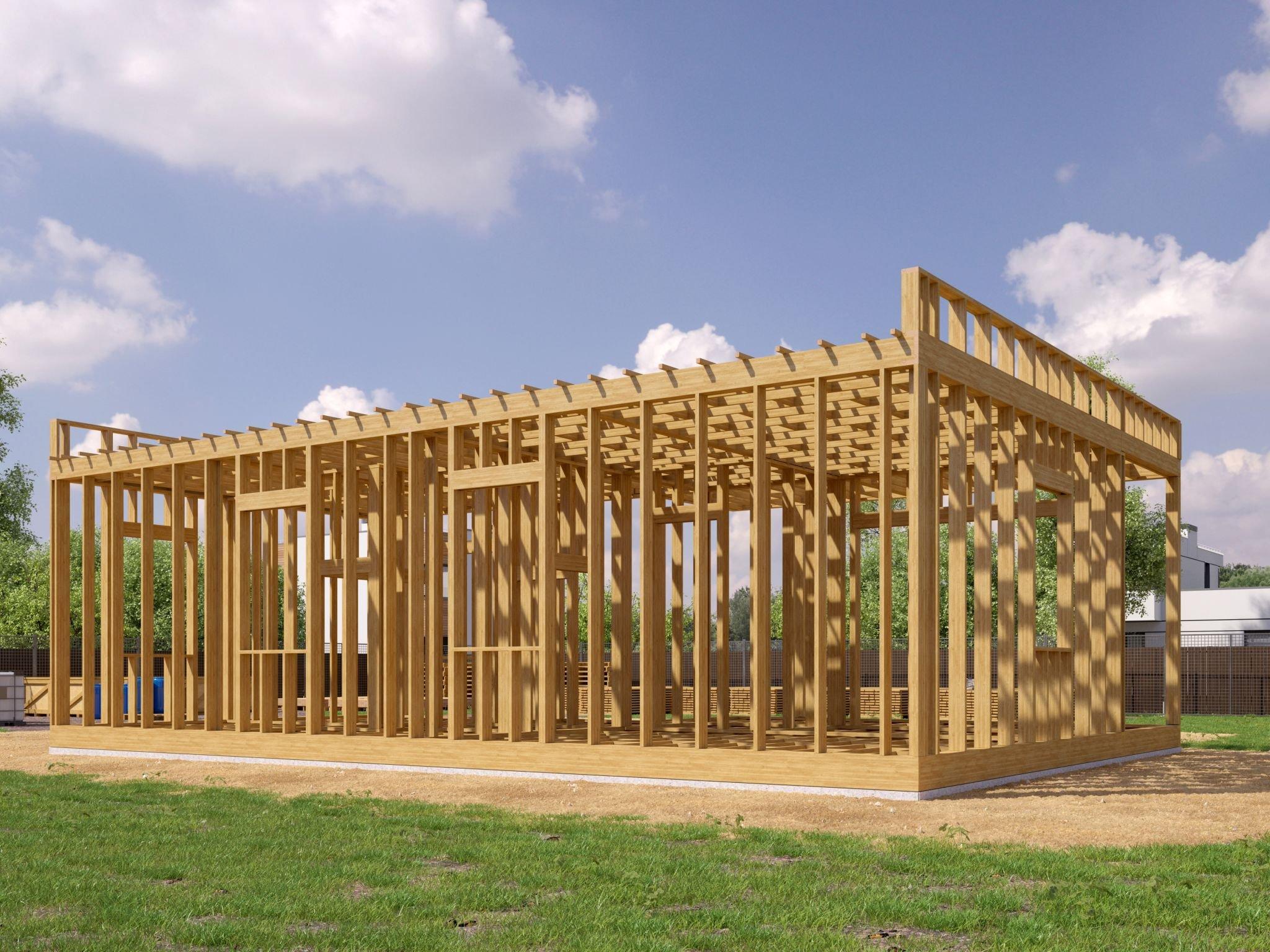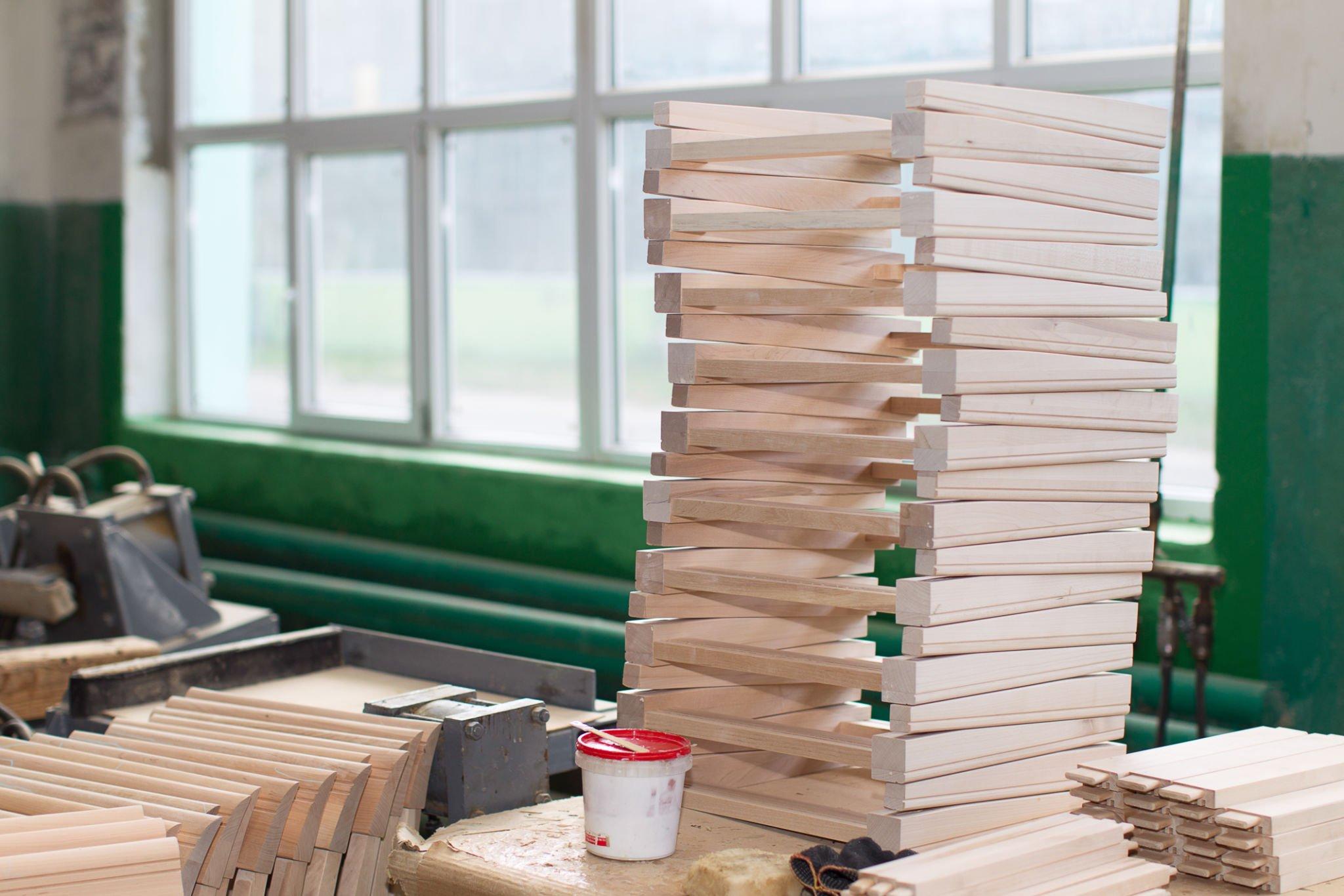Timber-framed construction is gaining traction in education as a classroom cabin due to its sustainability, cost-effectiveness, and environmental benefits.
In Europe, 97% of timber used is under eco-friendly schemes, leading to a 30% increase in forested areas. Timber requires less energy for production and has a lower carbon footprint.

Moreover, timber structures are lighter than concrete and steel, making them ideal for schools facing space constraints and tight budgets, providing a dynamic and eco-friendly solution for educational spaces.
In this post, let us try to know a few benefits of timber frame building in education.
1. Modular construction offers extra teaching space
- Timber classrooms offer unique advantages as modular, standalone structures that can be placed almost anywhere on a school campus.
- Traditional building expansion can be costly and time-consuming, while timber classrooms with bi-folding doors provide flexible spaces that can facilitate outdoor learning.
- This addresses the growing importance of outdoor education, especially considering reports that many UK children spend less time outdoors than prison inmates.
2. Bespoke buildings
Modern modular timber classrooms are far from uninspiring prefab structures. They prioritize the end user’s experience, offering bespoke designs tailored to school and pupil needs.
These classrooms can feature interior and exterior adaptations, smart technology, meadow roofs, and canvas awnings for indoor/outdoor use.
Timber’s design flexibility makes it popular, especially in Special Educational Needs (SEN) schools, accommodating various architectural visions and functional requirements, from small gyms to 18-floor towers, thanks to technological advancements like cross-laminated timber.
3. ‘Green’ classroom buildings

Timber construction is an eco-friendly choice for schools looking to enhance their environmental sustainability.
Buildings currently contribute 40% to the UK’s greenhouse effect, but wood, a carbon-neutral resource, can mitigate this impact by storing and gradually releasing carbon.
Responsibly sourced timber has the lowest ecological resource use index among building materials, is 100% renewable, and requires less energy for transportation and manufacturing.
Opting for timber can also make school projects eligible for external grants and funding.
Read also: Your Guide to the Future of Home Automation
4. Timber construction can make us happier
Research suggests that timber classrooms reduce stress and improve concentration compared to standard ones.
They enhance mental engagement, alertness, and cognitive function, with Harvard University research indicating up to a 101% improvement, making them conducive to learning.
5. Timber provides superior thermal performance
Timber’s remarkable insulation properties make it ideal for maintaining comfortable classroom temperatures. It insulates 15 times better than masonry and 400 times better than steel.
Additionally, timber’s hygroscopic nature allows it to regulate moisture and improve air quality.
Technological enhancements like air source heat pumps, insulation, and draught-proofing enhance thermal performance, making timber classrooms energy-efficient and space-saving.
6. Timber offers time and budget-friendly teaching spaces

Timber construction offers schools a solution to effectively balance cost, quality, and time. Timber is cost-efficient due to its abundance and ease of use.
It benefits from a surplus of supply, ensuring quick building timelines.
Off-site construction minimizes on-site disruption, allowing for rapid assembly of timber classrooms, thereby transforming education with cost-effective, eco-friendly teaching spaces.
Vision Development offers top-tier off-site timber frame systems, maintaining quality control through their Berkshire-based factory.
Their homes prioritize energy efficiency, cost-effectiveness, and low maintenance, constructed by experienced teams using sustainably sourced materials for reliable and sustainable results.



